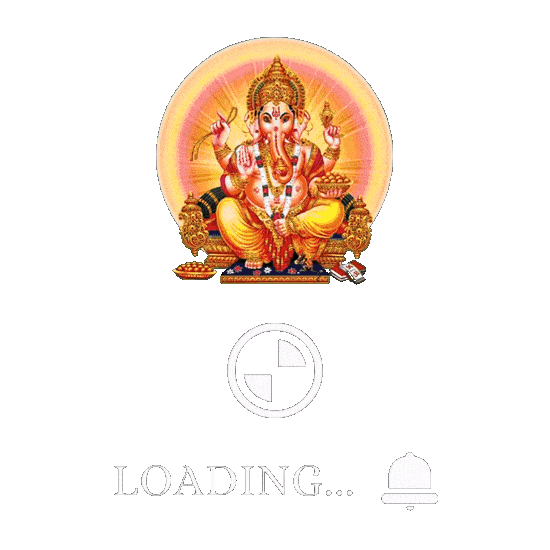Blogs
Harnessing the Power of Meditation: A Comprehensive Guide for Beginners
Introduction:
In the fast-paced modern world, where stress and distractions abound, the practice of meditation offers a sanctuary of peace, clarity, and inner harmony. Rooted in ancient wisdom and embraced by cultures worldwide, meditation is not just a relaxation technique but a profound journey of self-discovery and transformation. In this comprehensive guide, we will explore the power of meditation, offer valuable tips for beginners, delve into the scientific benefits, and introduce various meditation techniques to embark on your path to mindfulness and well-being.

The Power of Meditation:
At its core, meditation is a practice of training the mind to achieve a state of focused awareness and inner calm. By engaging in mindful meditation, individuals cultivate the ability to observe their thoughts and emotions without judgment, leading to a deeper understanding of the self and the world around them. The power of meditation lies in its ability to foster mental clarity, emotional resilience, and spiritual growth, enabling practitioners to navigate life’s challenges with grace and equanimity.
Meditation Tips for Beginners:
For those new to meditation, getting started may seem daunting. However, with patience, perseverance, and an open mind, anyone can embark on this transformative journey. Here are some tips to help beginners establish a consistent meditation practice:
1. Start Small: Begin with short meditation sessions, lasting just a few minutes each day, and gradually increase the duration as you become more comfortable with the practice.
2. Find a Quiet Space: Choose a quiet and comfortable space where you can sit or lie down without distractions. Create a peaceful atmosphere by dimming the lights, playing soft music, or lighting candles or incense.
3. Set Realistic Expectations: Understand that meditation is not about achieving a completely empty mind or instant enlightenment. It’s normal for thoughts to arise during meditation; simply acknowledge them and gently guide your focus back to your breath or chosen point of focus.
4. Focus on the Breath: The breath is a powerful anchor for mindfulness meditation. Pay attention to the sensation of your breath as it enters and leaves your body, allowing it to center and ground you in the present moment.
5. Be Gentle with Yourself: Approach meditation with kindness and compassion toward yourself. Let go of any judgments or expectations and embrace each moment with openness and acceptance.
Scientific Benefits of Meditation:
In recent years, scientific research has provided compelling evidence of the numerous physical, mental, and emotional benefits of meditation. Here are some scientifically proven benefits:
1. Stress Reduction: Meditation has been shown to lower levels of cortisol, the stress hormone, leading to reduced feelings of anxiety and tension.
2. Improved Focus and Concentration: Regular meditation practice enhances cognitive function, including attention, memory, and concentration, resulting in greater mental clarity and productivity.
3. Emotional Regulation: Meditation cultivates emotional resilience and equanimity by strengthening the brain’s prefrontal cortex, which governs emotional regulation and impulse control.
4. Enhanced Well-being: Studies have found that meditation promotes feelings of happiness, contentment, and overall well-being by increasing the production of neurotransmitters such as serotonin and dopamine, known as the “happiness hormones.”
5. Better Sleep: Meditation can improve sleep quality by inducing a state of relaxation and reducing insomnia symptoms, leading to deeper, more restorative sleep.
Meditation Techniques:
There are various meditation techniques, each with its own unique focus and approach. Here are some popular meditation techniques to explore:
1. Mindfulness Meditation: In mindfulness meditation, practitioners cultivate non-judgmental awareness of their thoughts, emotions, and sensations in the present moment. This technique involves observing the breath, bodily sensations, or sounds without attachment or aversion.
2. Loving-Kindness Meditation (Metta): Loving-kindness meditation involves cultivating feelings of love, compassion, and goodwill toward oneself and others. Practitioners repeat affirmations or phrases such as “May I be happy, may I be healthy, may I be safe” while extending these wishes to others.
3. Body Scan Meditation: Body scan meditation involves systematically scanning the body from head to toe, bringing attention to each body part and noticing any sensations or tensions without judgment. This technique promotes relaxation, body awareness, and stress relief.
4. Visualization Meditation: Visualization meditation involves mentally picturing a peaceful scene, such as a serene beach or a lush forest, and immersing oneself in the sensory details of the imagined environment. This technique fosters relaxation, creativity, and positive emotions.
5. Mantra Meditation: Mantra meditation involves repeating a sacred word, phrase, or sound (mantra) silently or aloud, focusing the mind and transcending ordinary consciousness. Common mantras include “Om,” “So Hum,” or personal affirmations chosen for their spiritual significance.
Conclusion:
As we conclude our exploration of the power of meditation, meditation tips for beginners, scientific benefits, and various meditation techniques, we invite you to embark on your own journey of self-discovery and inner transformation. Whether you seek stress relief, emotional balance, or spiritual awakening, meditation offers a path toward greater mindfulness, well-being, and fulfillment. May you find peace, clarity, and serenity as you delve deeper into the transformative practice of meditation.

